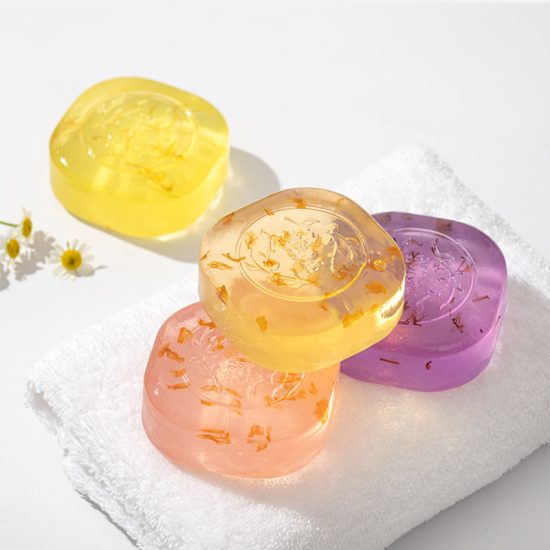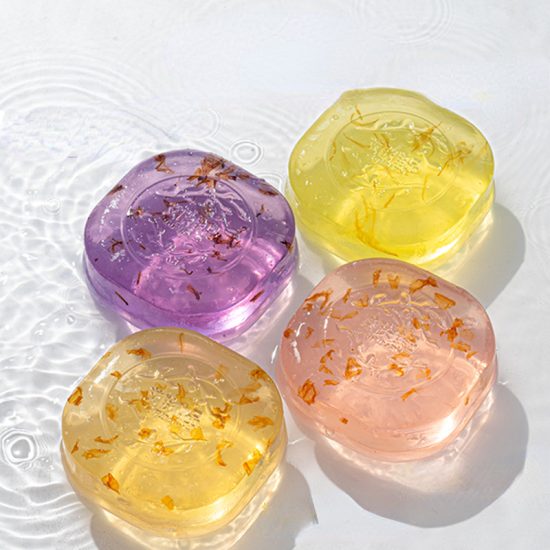Bar soap is a daily essential in our lives, but have you ever wondered about its fascinating history and how it has evolved over the centuries? From its humble beginnings to the luxurious soaps of today, let’s take a journey through time and explore the rich history of bar soap.
Ancient Beginnings
The use of soap dates back to ancient civilizations. The earliest evidence of soap production comes from ancient Babylon, around 2800 BC. These early soaps were a crude mixture of fats, wood ash, and water. They were primarily used for cleaning textiles rather than the body.
Ancient Egypt
Egyptians are often credited with refining the soap-making process. They combined animal and vegetable oils with alkaline salts to create a soap-like substance. These early soaps were used for personal hygiene and bathing, a practice that was highly regarded in Egyptian society.
Greco-Roman Times
Soap production continued to evolve in ancient Greece and Rome. The Romans, in particular, developed a more sophisticated soap-making process, using tallow (animal fat) and ashes from the region’s abundant olive trees. They even scented their soaps with herbs and spices for added luxury.
Medieval Europe
The knowledge of soap-making largely disappeared in Europe during the Middle Ages. People relied on herbs and perfumes to mask odors, as bathing was considered unhealthy. Soap regained popularity in the 12th century when it was reintroduced through trade routes with the Middle East.
The Renaissance and Beyond
During the Renaissance, soap-making became more refined. In the 17th century, soap was produced in factories, making it more widely accessible. However, these early soaps were often harsh on the skin due to high levels of alkali.
Modern Advancements
The 19th century saw significant advancements in soap production. French chemist Michel Eugène Chevreul discovered the role of fatty acids in soap-making, leading to the creation of modern soap formulations. This innovation improved the quality and gentleness of soap.
Luxury Soaps
As soap-making techniques improved, luxury soap brands began to emerge. Brands like Pears, Castile, and Ivory introduced high-quality, scented bar soaps, catering to a growing demand for indulgent bathing experiences.
The 20th Century and Beyond
The 20th century brought further innovations, including glycerin-based soaps and moisturizing formulas. Today, we have a wide array of bar soaps available, each designed to address specific skin needs and preferences. Natural and organic options have also gained popularity as consumers seek gentler, eco-friendly choices.
Conclusion
The history of bar soap is a testament to human ingenuity and our quest for cleanliness and personal care. From its ancient origins to the luxurious soaps of the modern era, this humble product has come a long way. Whether you prefer a traditional, unscented bar or a fragrant, artisanal creation, bar soap continues to be an integral part of our daily routines and a reflection of our evolving standards of hygiene and luxury. As we look to the future, it’s fascinating to consider how bar soap will continue to adapt and innovate in response to our changing needs and desires.


